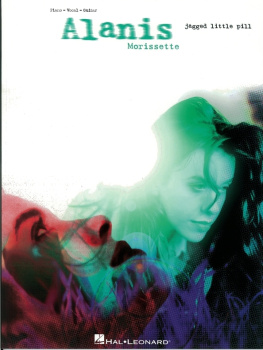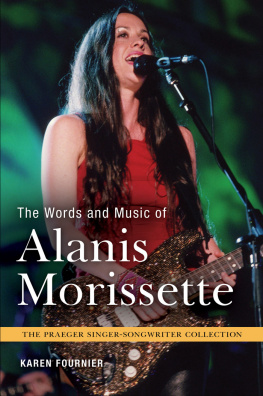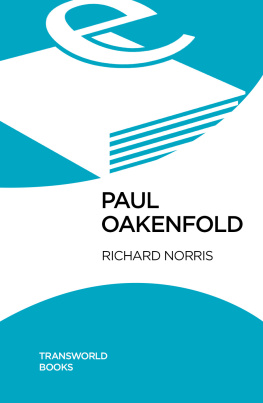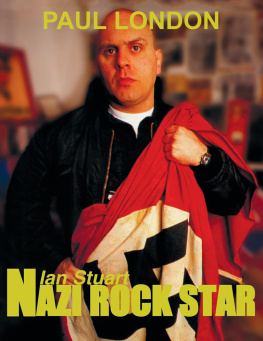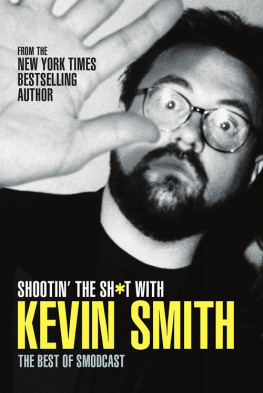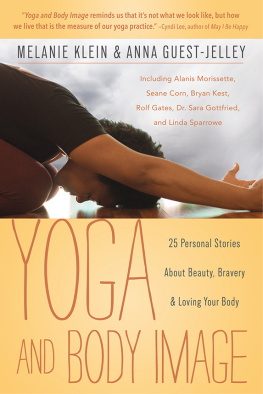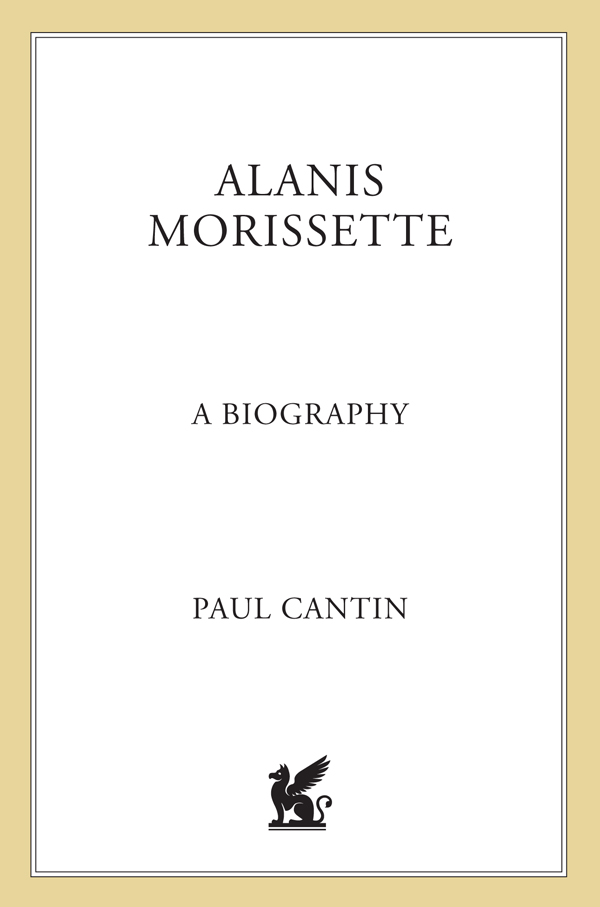Contents
Guide

The author and publisher have provided this e-book to you for your personal use only. You may not make this e-book publicly available in any way. Copyright infringement is against the law. If you believe the copy of this e-book you are reading infringes on the authors copyright, please notify the publisher at: us.macmillanusa.com/piracy.
You should know, said Estella. I am what you have made me. Take all the praise, take all the blame; take all the success, take all the failure; in short, take me.
C HARLES D ICKENS , G REAT E XPECTATIONS
A funny thing happened with my e-mail in 1996. A couple of times each month, I would receive messages from complete strangers, asking if I could share any information about Alanis Morissettes past. Sometimes the messages were flattering and polite. Sometimes they were brusque. Sometimes they came from foreign countries and were written in fractured English. Some sounded creepily obsessive. Most were earnest and straightforward. But the correspondents all seemed hungry for any crumb of insight into the singers personality.
As a reporter with the Ottawa Sun, a daily newspaper in Alaniss hometown, I had spent the better part of the past year following her steep rise to the top of the charts on the strength of her album Jagged Little Pill. I interviewed the singer, followed her to her victories at the Grammys and Junos, watched her perform a half-dozen concerts, and reported on each of her triumphant achievements. Some of my work had been posted on the Sun newspaper chains web site, CANOE (http://www.canoe.ca), which is how the global fraternity of Alanis admirers had tracked me down.
The mail I received wasnt typical fan letter stuff, full of breathless declarations of her greatness or frantic for details about her favourite flavour of ice cream. These were sincere appeals for more information, something to help these people put her music into perspective. They were wondering where all these amazingly powerful songs were coming from.
Theres something about the intimacy and honesty of Alaniss music that inspires curiosity. And that curiosity triggered this project. The whole world knows her music, but her past is shrouded in mystery, misunderstanding, rumour, and myth. I soon realized I wanted to tell Alaniss story, and in order to do it I would have to turn to her friends, associates, collaborators, and, of course, to Alanis herself.
One of the most fascinating things I discovered along the way was that Alanis found a new audience by making art not in spite of her personal problems, but out of inspiration from them. Her faith in her own artistic instincts is the real legacy of Jagged Little Pill. What helped her learn to trust those instincts is the crux of this book.
None of this would have been possible without the kindness of many people. The Ottawa Sun graciously granted me a leave of absence from my duties as rock critic and assisted me greatly with library and photographic resources. Publisher John Paton, Editor-in-Chief Rick VanSickle, Managing Editor Rob Paynter, and Today section editor Brian Gorman were never less than enthusiastic and encouraging. Likewise, the good wishes of my colleagues in the editorial department and Denis Cyr and the photography crew were much appreciated. Im fortunate to work with great people.
This project would not have happened without the faith and prodding of two friends Heather Bird and Tralee Pearce. John Sakamoto, who runs Jam! Entertainment on the CANOE web site, commissioned me to prepare a multimedia feature on Alanis Morissette, and some of the research for that piece formed the backbone of this book. I value Johns suggestions and friendship very much. Toronto Sun parliamentary bureau chief Robert Fife provided some much-needed eleventh-hour advice, as did my father-in-law, author David Williamson. And key sources (both named and unidentified) gave their time, memories, and resources to this project; I am very grateful for their cooperation and understanding.
Martha Sharpe at Stoddart coached me through the book-writing process with patience and good humour, providing encouragement and very necessary wake-up calls. And even when time was no longer on our side, my editor, Lynne Missen, expertly guided me through to the completed manuscript. I am indebted to Martha and Lynne.
My family has provided a lifetime of support and I thank them now and always. My favourite columnist, copy editor, best friend, and wife, Linda Williamson, helped me through this and other challenges and I thank her with all my heart.
Paul Cantin
Ottawa, February 1997
The sun over Molson Park is setting, painting the sky red and orange. On the ground below, thirty-five thousand restless Alanis Morissette fans are clustered around a gargantuan empty stage, growing audibly impatient, waiting for the day-long concerts main event. Throughout the day, a parade of performers has attempted to entertain the audience, but its clear who theyre here to see.
Behind the stage rigging, amid a tangle of tents, trucks, and sound equipment and a snarl of electronic cables, is a collection of prefab buildings that serve as dressing rooms at the remote concert site, located a short drive north of Toronto near the town of Barrie. From there, you can hear the echoey thud of prerecorded music roaring through the stage PA system and the faint chirp of the first cricket, the impatient screams of admirers eager for the headliner and the gentle crunching sound of footsteps on gravel, the crackle of a backstage staffers walkie-talkie and the whisper of gossip being exchanged among the music industry insiders milling about.
The August sky darkens, the crowd noise takes on a more anxious tone, and the action backstage moves up a notch as crew members make final preparations hustling instruments to the stage, planting bottles of Evian water on top of amplifiers, taping set lists to the floor.
Lets go, a voice says, and a group of five musicians, heads bowed in solemn concentration, emerges from the dressing room and begins a slow march toward the stage, four men surrounding a petite twenty-two-year-old woman, her long brown hair falling like a curtain across her features. The scene looks like something from a boxing match a prize fighter surrounded by cornermen and trainers, making their way to the ring. But theres no bravado evident among the crew. Only a steely determination to get the job done, a focus honed from more than a year spent together on the road and, for Alanis Morissette, over a decade battling to establish herself as an entertainer and an artist.
In countless media profiles, writers have commented that she is more striking in person than in photos, and its true. She exudes a casual, offhanded beauty. As she finds her focus, her large brown eyes are hidden, cast downward, and her prominent jaw is locked in concentration. Walking to the stage, she pulls her hair away from her high forehead, and then unexpectedly smiles brightly.
Onstage, the lights are shut off, plunging the field into darkness. A piercing, collective scream tears through the crisp evening air, high and harsh, and from the stage you can see and hear crowd members struggle to push closer to the spectacle.
A low bass note rumbles from the PA, and guitarists Nick Lashley and Jesse Tobias pluck out a vaguely Middle Eastern melody. At the back of the stage, hidden behind a thicket of percussion instruments, drummer Taylor Hawkins adds gentle accompaniment on his cymbals, before crashing in with rolling tom-tom fills. Bassist Chris Chaney joins in with jolting accents. Theyre off.



